- Status: In Progress
In Croatia, there is a huge network of submerged caves that is recognized as a global hotspot for subterranean biodiversity. The animals that have adapted to live in this underground world are unlike anything you may find above the surface. For centuries, waste has been dumped into some of these caves, seriously threatening its precious inhabitants and contaminating an important source of drinking water. Our goal is to start reversing the damage and safeguard the future of these unique species, as well as prevent further contamination. Partnering with expert cave biologists and cave divers from the Croatian Institute for Biodiversity, we will undertake a two-part operation to remove the most dangerous materials. Find out more on why we are doing this to save miraculous animals like the olm.
Project Timeline
June 2021
Cave cleanup operation takes place
The Intervention
Arrive at the site of this project before it started getting cleaned up and it’s easy to imagine you’ve deliriously found yourself in the aftermath of a tsunami. The shocking scene of waste and scrap that was tangled and stacked formed a mountain of waste at the cave’s mouth. The history of this site and how it came to accumulate about 16 cubic m3 of solid waste, is a familiar one of neglect of the natural world. Rummage through the mess and you would find an assortment of modern society’s mark: plastics, metals, rubber, wood, and domestic appliances.
Although such scenes in any natural area would provide a compelling reason to act, there are few places where a cleanup seemed to be as urgent because this cave provides habitat for an array of very unique and threatened species. The first part of the cleanup was carried out over recent years by local cavers who managed to remove most of the waste that lies above the water level. However, large amounts of dangerous waste remained, especially in the underwater section which is where most of the cave animals are found. Due to the difficulty of removing waste from this place and to the lack of funding for this kind of work, the water inside the cave was poised to continue being polluted if we didn't intervene.
To remove waste from the dry part of the cave we relied on the help of local cavers who set up an efficient way of getting the waste out of the cave using a set up of ropes and winches. For submerged waste, a more complex operation involving cave divers was required to bring these large objects to the surface.
Much has already been done by these cavers and cave divers to reach the point where this intervention was possible. By researching and monitoring this and other caves in the region they have acquired a wealth of knowledge and experience which, together with their passion to protect the unexplored underworld, were central to the success of this project.
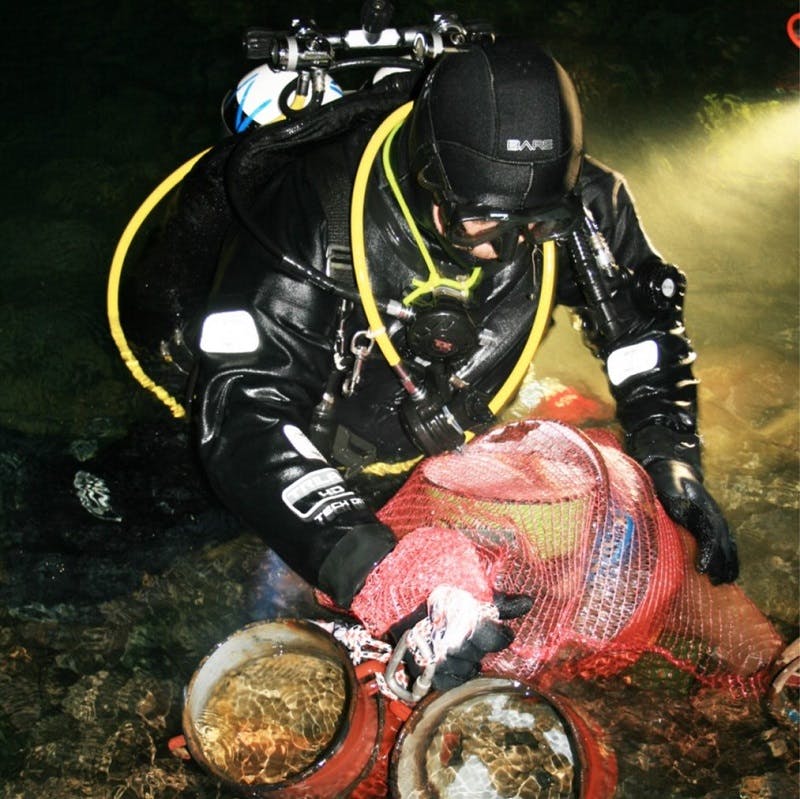
What your Contribution will do
As Mossy Earth Members you will be supporting the teams of volunteer cavers and cave divers by
- paying for their food and transport and
- purchasing their equipment
Given the amount of waste, the intervention is likely to take several days. Even so, it is unlikely that we will be able to remove all the waste in which case the objects deemed more likely to be contaminating will be removed first. Once removed, the waste will be transported to an appropriate recycling plant by truck.
The olm is reliant on clean pure water and water pollution is one of its main threats
Sir David Attenborough in Attenborough's Story of Life, BBC Earth
Learn More About the Context Behind this Project
The Dinaric arc is a cave biodiversity hotspot
The Dinaric arc in South-Eastern Europe is a region characterised by stunning landscapes, from impressive mountain peaks to cascading turquoise waterfalls and a wild Mediterranean coast. Easier to miss however is the fact that this region hosts the largest network of subterranean rivers in Europe and that it is a global hotspot for cave biodiversity. Because it is difficult for cave-adapted animals to move between caves many species have a very narrow distribution and some exist only in a single cave. This is just one of the highlights of a hidden world that deserves to be uncovered and valued instead of disregarded.
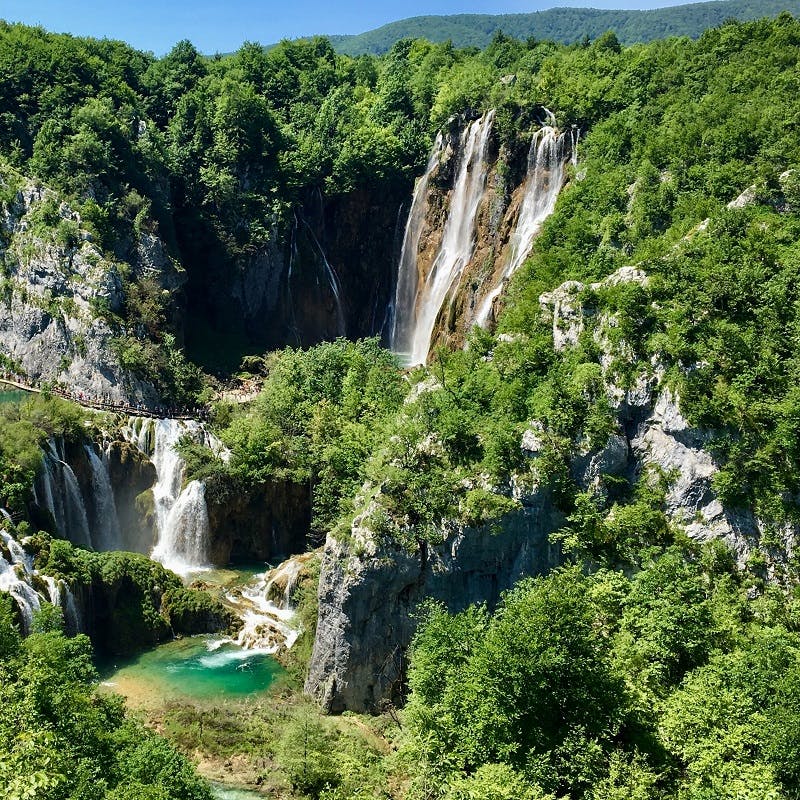
Unique but forgotten about species
The Rupečica-Šmitovo cave system, which is the one we are focusing on, provides habitat for some remarkably interesting species. The olm is probably the most famous among them. It’s a blind cave salamander that can live up to a century and survive for a decade without feeding. It is among the most evolutionarily distinct amphibians known to science meaning that there is nothing else like it on earth. It is also one of the 10 species that David Attenborough would select to be saved from extinction if he had to choose. Another interesting species found here is the Croatian dace a small freshwater fish species that rely on this habitat to sustain its last remaining population. And a final species that needs mentioning is the Ogulin cave sponge. This is the world’s only known species of cave-dwelling freshwater sponge and it is known only from a few caves around this area. The importance of saving such species can be likened to our own survival, a more diverse world is a more adaptable one. By protecting all evolutions on the tree of life, we increase our chances of one day benefiting from their distinctiveness.

Risk of extinction
The current situation is grave: the entire community of organisms in this cave is under threat. This is especially concerning if we consider that many of them are at considerable risk of global extinction.
- The olm, Proteus anguinus, is classified as vulnerable to extinction, mainly due to the threat posed by water pollution and cave habitat degradation throughout its range
- The Croatian dace, Telestes polylepis, is classified as critically endangered and appears to be on the verge of extinction with the last small population found inside this cave.
- The cave sponge, Eunapius subterraneus, was previously classified as endangered and exists only in this part of Croatia but more data is needed about its conservation status.
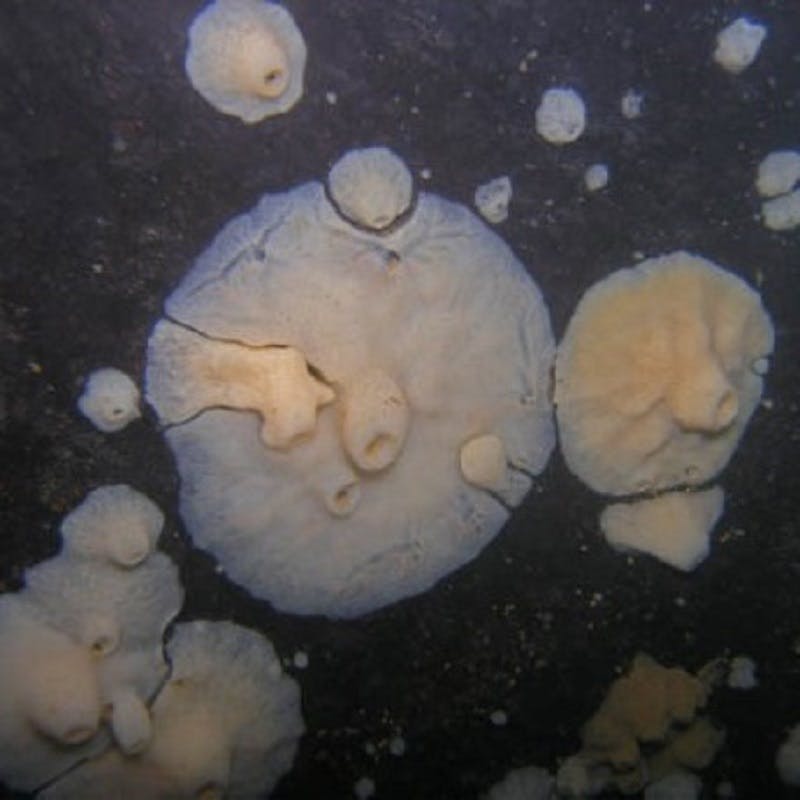
Water pollution
The lack of awareness of this cave’s (and many others) wonderful and rich biodiversity, has sadly meant local people have treated it as a waste disposal site for centuries. Without this intervention, toxic chemicals will continue to degrade water quality and once these chemicals enter the cave system through the water they can no longer be physically removed and may continue affecting the ecosystem for a long time. On top of this, the submerged caves in this region provide drinking water for the surrounding area and if they continue being contaminated this could end up having negative health consequences.
Waste collection in this part of Coratia has already improved to the point where it is more convenient to dispose of these items appropriately than to throw them into the cave pit. Therefore we expect that the cave will be cleaned up for good and that the positive impact will be felt over the long term. Nonetheless, we plan to monitor the cave periodically to confirm if this is the case or if additional measures are needed.

Curious to learn more?
If the world of cave biology intrigues you and you haven’t yet read our article about cave dwelling animals you should check it out!
Sources & further reading

- “Subterranean Biodiversity Patterns from Global to Regional Scales” - Zagmajster, M., Malard, F., Eme, D., & Culver, D. C. (2018)
- “The morphological variability, distribution patterns and endangerment in the Ogulin cave sponge Eunapius subterraneus Sket & Velikonja, 1984 (Demospongiae, Spongillidae)” - Bilandžija, H., Bedek, J., Jalžić, B., & Gottstein, S. (2007)
the team behind the project
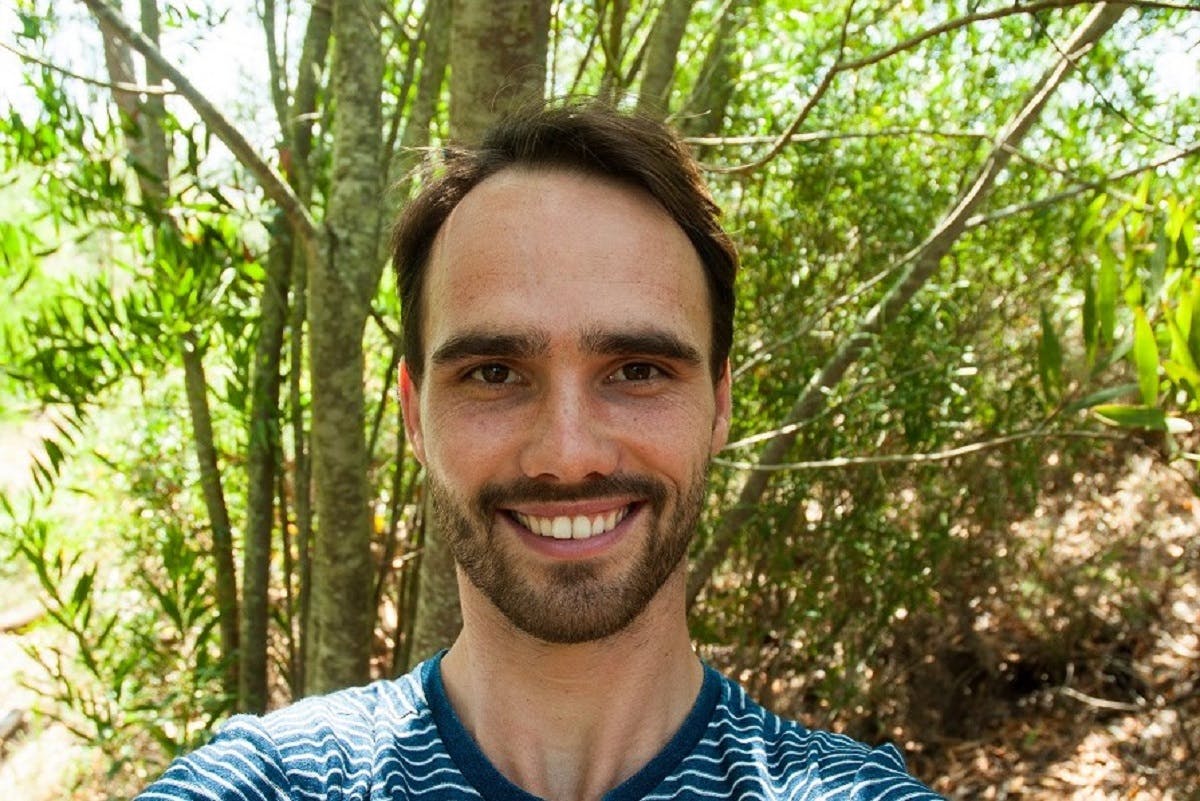
Tiago de Zoeten, conservation biologist at Mossy Earth
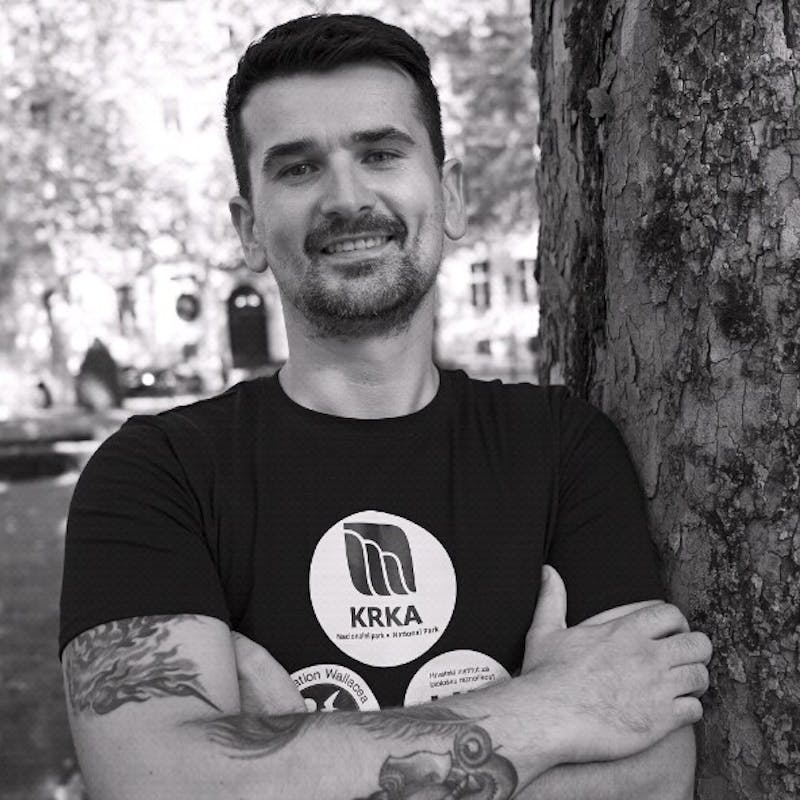
Dušan Jelić, researcher at the Croatian Institute for Biodiversity